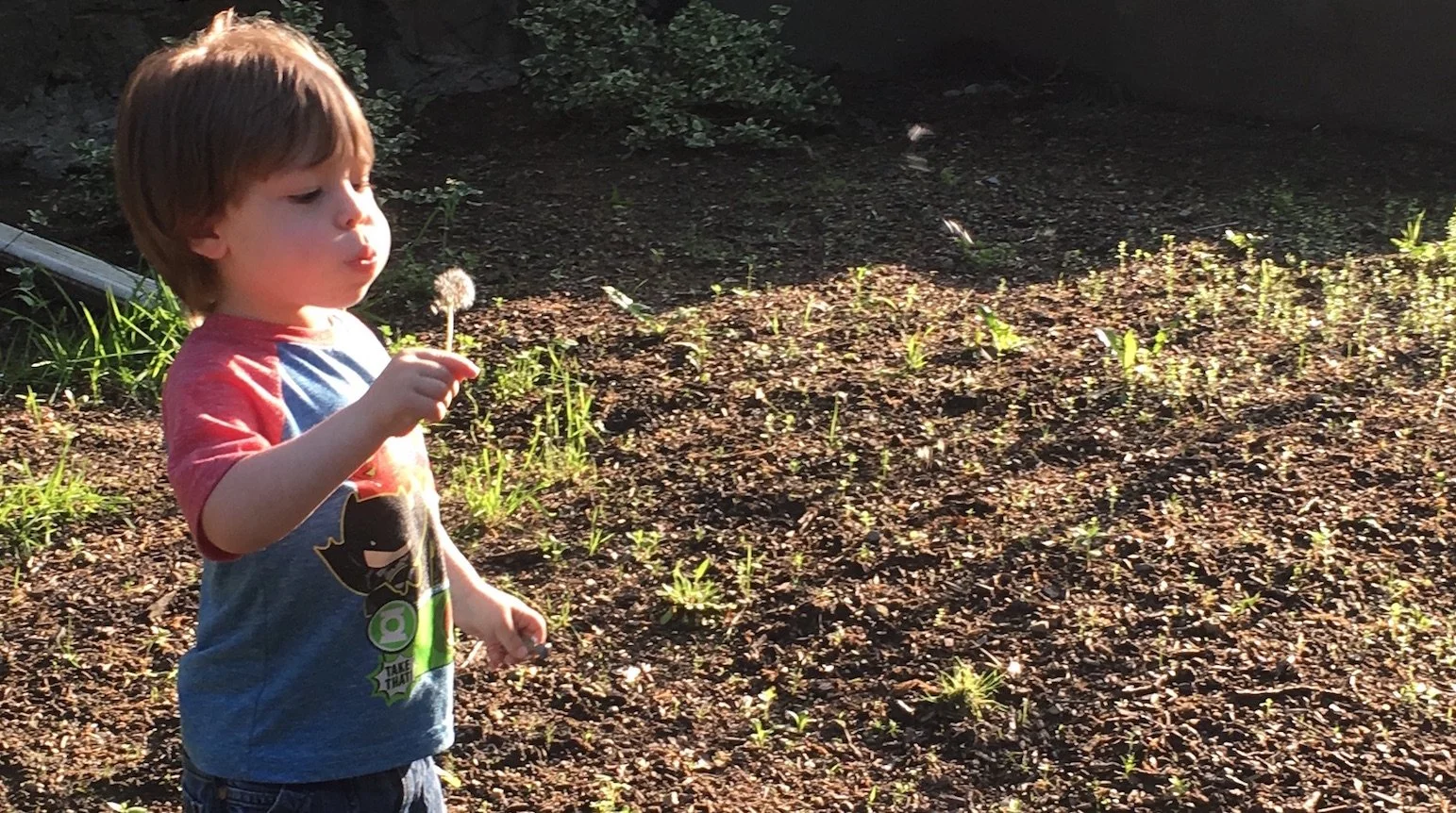Life happens. And as it happens to us, we react- whether we are able to perceive it or not- with deep patterns of habitual response- both physical and intellectual. But these patterns don't have to rule us: they can guide us.
The Alexander Technique is not a fix:
You are not broken.
Instead, Alexander Technique can often lead to relief by reminding us how to listen more deeply to ourselves in order to perceive more accurately how we’re using ourselves-and often times adding effort unnecessarily-making life even more challenging than it needs to be.
By becoming aware of whatever we’re doing-as we do it- the Alexander Technique restores our agency, empowering us to make choices in real-time of how we wish to live our lives-and who we truly choose to be.
What is the Alexander Technique?
What do I do?
I practice what I call Alexander+: By combining my skills as a certified Alexander Technique teacher with three years of The Actors Secret Training, I am integrating the AT work with Somatic or Nervous System Regulation and Breathing Coordination, in order to work directly with the nervous system to help restore mobility from Big T or Little t traumas, to ultimately invite a deeper sense of safety and support, and to help maintain a more pleasant and easy use of self that becomes accessible to all of us.
Who is it for?
Actors, singers, musicians, dancers, athletes, artists, office workers, writers, or those in the midst of pregnancy, post-partum, pre/post-transition, post surgery and recovery....
Everyone.
The Technique can also be applied to those who suffer chronic pain, anxiety, depression, acute or chronic trauma, PTSD, ADHD, or anyone looking to live more easily and in accordance with their design.
What happens in a lesson?
Using verbal guidance or hands-on contact through the head, neck, torso and limbs, the student is invited into a more accurate sense of awareness, which allows for a natural redistribution of tensional balance, often in the form of releasing maladaptive, or habitual, holding. This can be done while standing, sitting, lying on the table or floor, or in daily activities, such as sitting in a chair or at a desk or laptop, standing, writing, drawing, singing, playing music, doing yoga, dancing, etc.
It is through this awareness that the we become open to experience ourselves more fully and more accurately in the present: with less of the habitual holdings or muscular engagement of the past that often cause chronic pain and symptoms of anxiety and depression.
